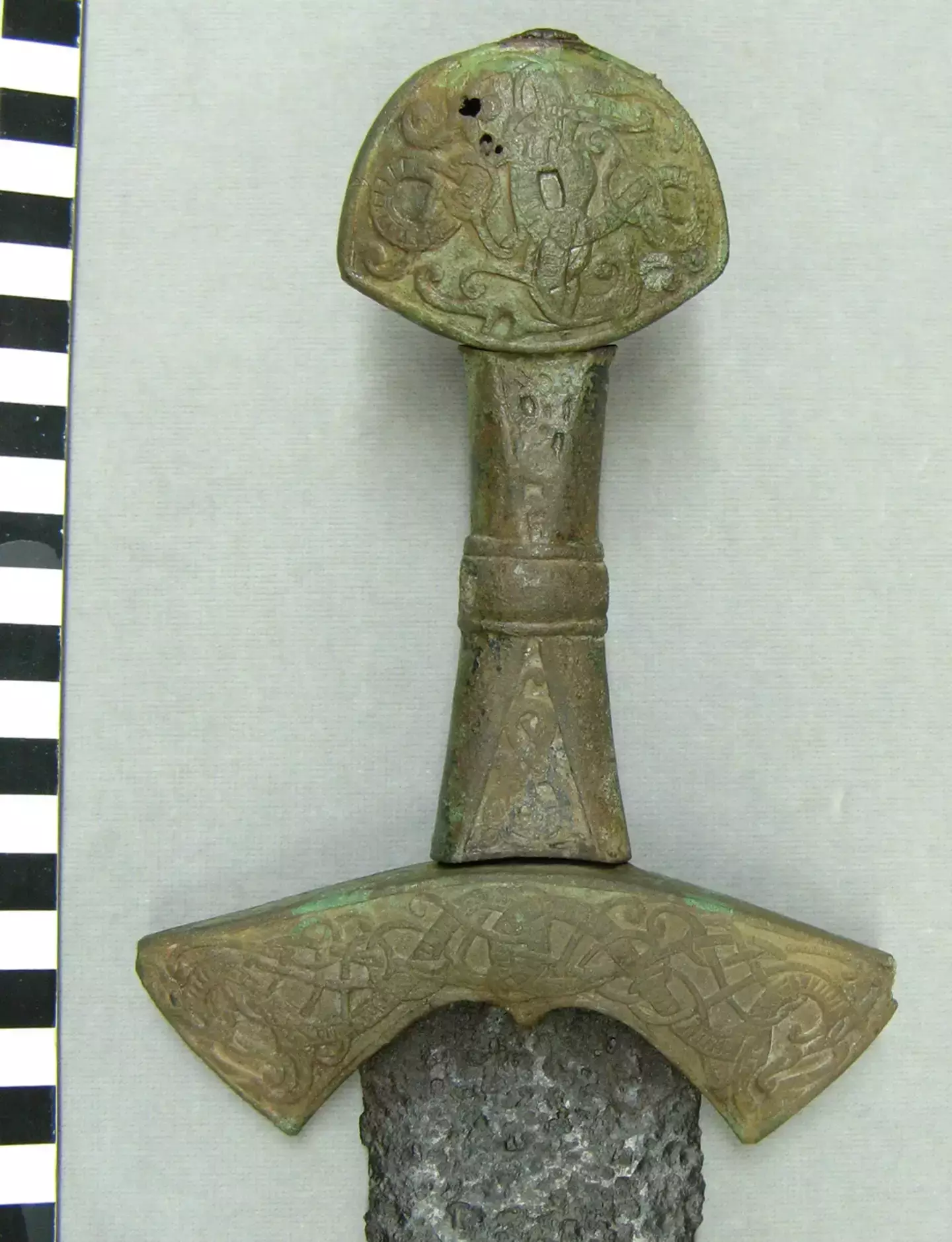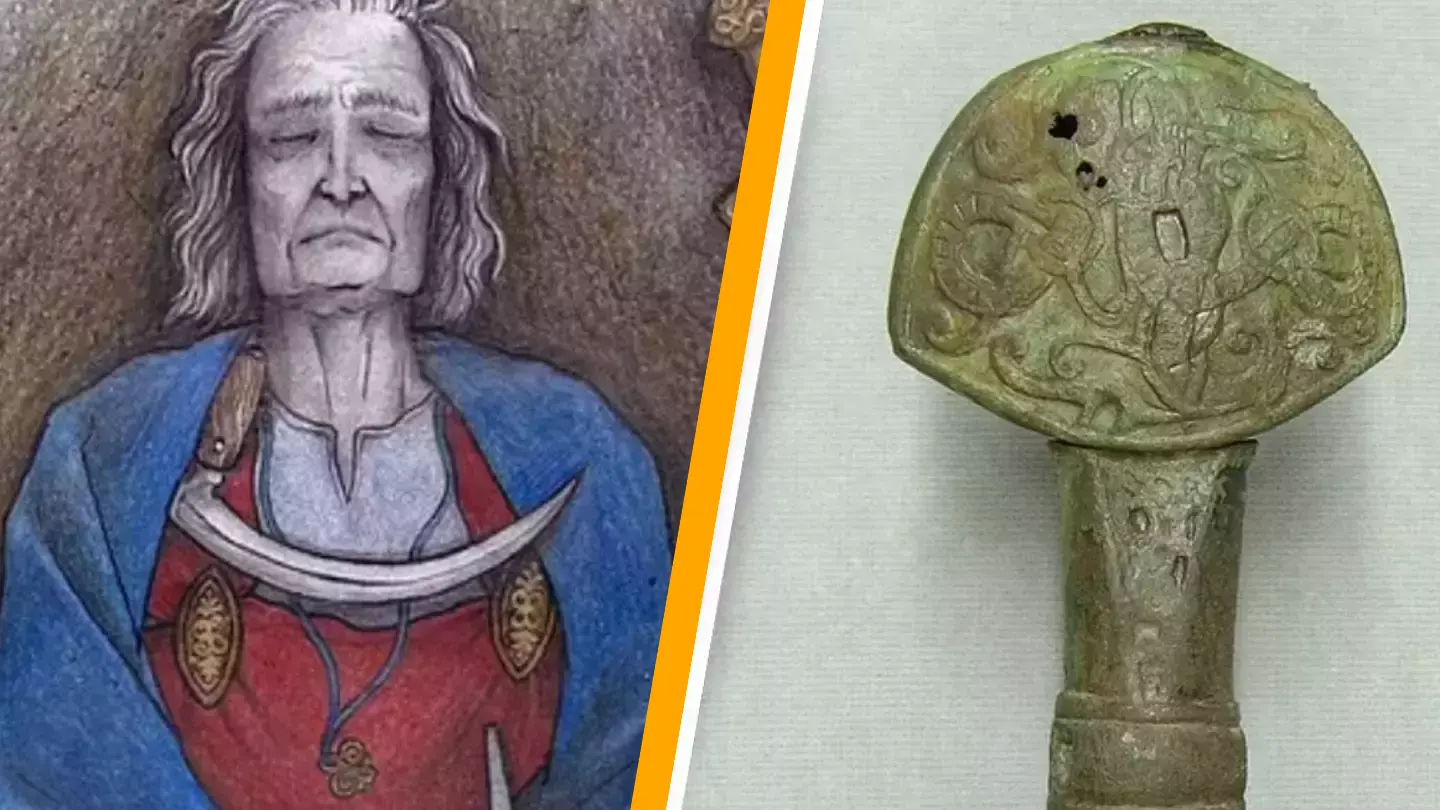The grave of an unidentified warrior, initially discovered in the 1960s, has recently been the subject of a study that offers new insights.
Understanding the lives of people from ancient times becomes increasingly challenging as the years pass.
Researchers often rely on historical trends, texts, artifacts, and discoveries from the era to piece together the lives of ancient populations.
A recent investigation into a grave found in Finland challenges preconceived notions about Iron Age and Medieval societies.
According to a 2021 paper published in the European Journal of Archaeology, the grave of a warrior was unearthed in Suontaka Vesitorninmäki, Hattula, Finland, in 1968.

Within the grave, a bronze-handled sword was found alongside other objects suggesting the individual may have been a woman or ‘someone whose gender identity may well have been non-binary’.
The University of Turku released a statement saying: “The jewellery inside the grave indicates that the buried individual was dressed in typical female clothing of the period.
“On the other hand, the person was buried with a sword – possibly two, according to some interpretations – which is often associated with masculinity.”
Since the grave’s discovery, it has been thought to be ‘either a double burial of both a woman and a man, or alternatively, a weapon grave of a female, and therefore a proof of strong female leaders or even female warriors in the Late Iron Age Finland’.
The recent study has now concluded that the grave contained only one person, who wore traditional feminine clothing of the time and had a hiltless sword at their left hip.

DNA analysis indicates the warrior may have had XXY sex chromosomes, known as Klinefelter syndrome, meaning they possessed an extra X chromosome.
Ulla Moilanen, a doctoral candidate in archaeology at the university, commented that this grave ‘may be an example of an individual whose social identity settles outside the traditional division of genders’.
The press release further states: “If the characteristics of the Klinefelter syndrome have been evident on the person, they might not have been considered strictly a female or a male in the Early Middle Ages community.
“The abundant collection of objects buried in the grave is a proof that the person was not only accepted but also valued and respected.”

